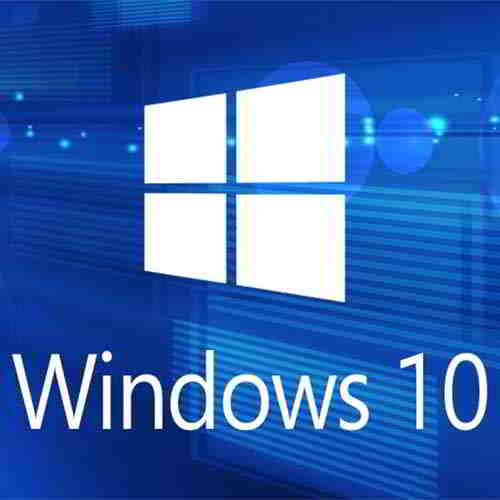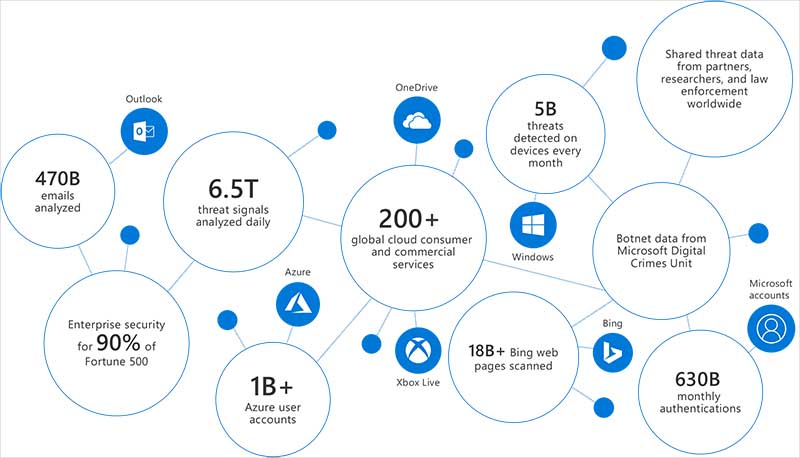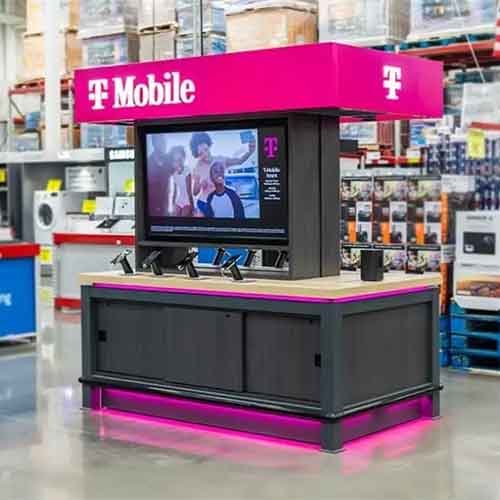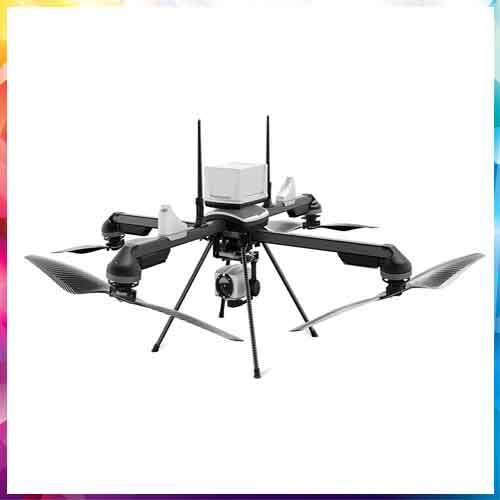
Microsoft is detecting 5 billion cybersecurity threats on devices a month and the most popular Windows 10 users security threats been observed by the Researchers and warned and said, the users are under immense risk due to the rise of a new security threat. With this many As per Forbes, Windows 10 desktop apps served up with malicious adverts pushing everything from tech support scams to fake antivirus malware. Worse yet, because they are served up by ad-supported apps, and Windows 10 is just launching your default browser, your ad-blocker will likely not stop them. To date, the malvertising campaign has delivered more than 100 million of these ads, and the attack surface extends way beyond just Windows 10 apps.
Moreover, their targets of attack also extend beyond the surface of apps included in Windows 10. Eliya Stein, a senior security engineer at Confiant, confirmed that "in-app advertisements are not the only vehicle of delivery for this particular attacker." Writing in a blog posting that explores the methodology of the malvertising campaign and tracks the threat actor behind it, Stein pointed out that desktop and mobile devices are targeted in relatively equal quantities, "but desktop Windows and iOS are heavily favored by the attacker."
Sources said, that these advertisements have been generated from some Microsoft Games as well as the Microsoft News application and Outlook. Studies have also shown that these malware advertisers, operating under the name “Fiber-Ads,” have been heavily relying on redirections and processes that do not require any user exchange. They have thus been using such actions to forcefully lead the users to phishing, scamming or malware pages.

The fraudulent ads were first spotted by German Windows site Borncity. According to complaints on Microsoft's answers site, the fraudulent ads are also coming through Microsoft Games. A warning in German on Microsoft's answers forum explains that "there is an increase in the number of malicious banner ads that open fraudulent web pages in the standard browser when starting or using apps on Windows 10".
"These websites either promise winnings in a competition or threaten to infect your PC with viruses. Both are nonsense." Using ads with scary messages to convince victims to install malware is an old trick, but this case is notable since the scam ads are being delivered by Microsoft's own ad-supported apps.
Microsoft says its Intelligent Security Graph enables it to see billions of threats and assess 6.5 trillion signals daily.Therefore, this malvertiser has basically been earning revenue as a middle man as well as by scamming people and generating malware into their desktops.
See What’s Next in Tech With the Fast Forward Newsletter
Tweets From @varindiamag
Nothing to see here - yet
When they Tweet, their Tweets will show up here.




























